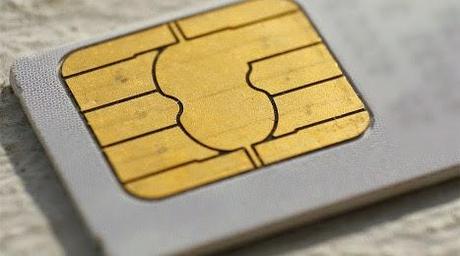With our visit to the UK looming on the near horizon, I've turned my attention to the prospect of working remotely while traveling there.
This is, after all, one of the key drivers behind the decision to create my own business writing company, The International Writer.com - to be able to work flexibly and independent of any location, both when and where I choose.
Remote working sounds great in theory but putting it into practice can present a swathe of challenges to cut through. Without the firm foundations of a permanent base and lacking the mod cons of my home office, I could be left hanging in the wind if I don't get this right.
So that I can work remotely without interruption to either my clients or myself, I've started to visualise in my mind exactly what a location independent set-up needs to look like.
For a start, any virtual office must have a reliable laptop with back-up drive to work from. Readily available and fast WIFI access to work over. Headphones with inbuilt microphone to use for calls to clients and colleagues. A smart phone to remain accessible to others and to access my business online. And that's about it.
Or is it?
The costs of mobile working
The main issue I have when I travel and work overseas isn't logging onto WIFI or using a reliable laptop or PC, but the lack of local mobile phone access when I'm out on the road or temporarily away from WIFI's gentle caress.
To fix this, I've given various international roaming services a go but I often come home to a super-charged mobile phone bill. If I switch roaming off and rely on WIFI alone, then it's never available when I urgently need it and I spend most of my trip lurching from one local hotspot to the other.
A relatively new addition to the traveler and remote worker's arsenal is the travel SIM card and I wonder if I've discovered a more reliable remote working solution.

The idea behind a travel SIM is that you switch it with your phone's existing SIM card and make the most of reduced rates and the ability to make easy top-ups when you need it while based overseas.
A new addition
The Australia Post Prepaid TravelSIM is one of the latest generation of travel SIMs to hit the market, offering travellers a way to keep in touch with loved ones, while avoiding any unexpected phone charges.
Because this is the problem with using your regular mobile phone service - whatever the stated roaming rates, you never really know how much you're using or what you'll find on your mobile phone bill when you get home. And we've all experienced how using data can be a major suck of your roaming allowances.
The Prepaid TravelSIM offers a smart choice to keep your mobile phone bill under control. When away, you place the SIM card in your phone and access reduced rates for phone calls, SMS and data. It's relatively easy to top up through a dedicated website or app on your phone, and your credit balance is read out to you each time you make a call meaning you always know how much you've used and what you've got left.
And the installation process is a breeze.
With a handy little user guide and a slick online activation process, enter your card's details and, after a few simple clicks, the card is activated and ready to use abroad. Then a day or two later, one of the team calls to take you through the process ensuring there are no surprises when you're overseas. It's a nice touch and a personalised approach that I haven't seen with other similar cards.

What I also like about the TravelSIM is the absence of any contract or hidden charges, plus the fact that it's prepaid - I will always know where I stand in terms of usage. It's only $49 AUD so it won't break the bank and doesn't cost a thing to receive calls or for others messaging you through the Web.
The more tricks, the better
As with all travel SIMs, there are a couple of things I often struggle with, through no real fault of their own.
While the TravelSIM offers a phone number for friends and family to reach you on (they dial the card number), the fact that you lose your regular phone number is a bit of a problem when taking your business on the road. Call diversion is available so you can keep your existing number and this seems like a fair and workable solution to me.
The high cost of data usage when abroad is the other issue, regardless of SIM card or phone. I plugged the card in to set it up and was immediately notified that my credit had already reduced after only a few minutes of use. I therefore wonder how often I'll need to top up the SIM card while away.
On balance though, I've decided I'm going to give it a try.
Combined with regular WIFI access, I feel that the TravelSIM offers an additional tool to my traveling and remote working trade. And when you're away from a permanent base and determined to work independently of any location, the more tricks you have, the better.
For more info on the Australia Post Prepaid TravelSIM, visit the website at: http://auspost.com.au/travel-id/prepaid-travelsim.html.
Have you ever used a travel SIM card when overseas? What solutions have you found for when you're on the road or working remotely?
Disclaimer: this is a sponsored product review.
Sign-up for Free Blog Updates Direct to your Inbox

